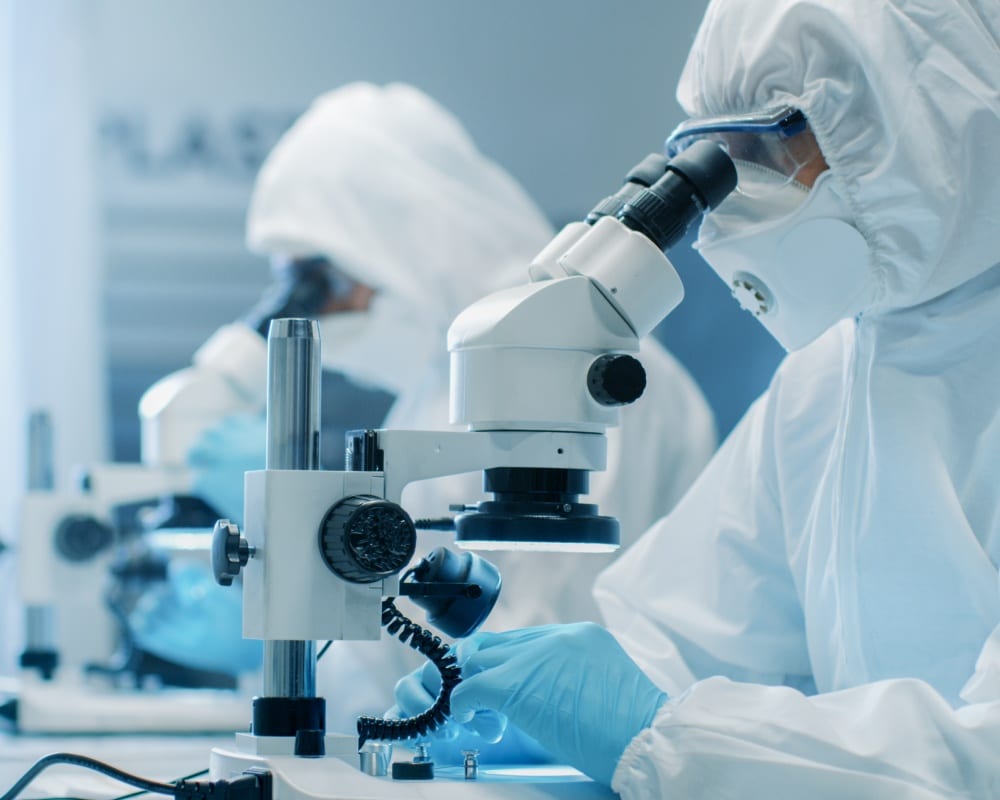Overview
Our technology platforms support key decision-making in:
- Early discovery and screening
- Candidate selection
- First-in-human translation and early development
- Late stage, multi-center determination of efficacy
Perceptive has a vast range of tools that help accelerate your drug discovery and development process.


Our technology platforms support key decision-making in:


We have experience working with a wide range of therapeutics, including small molecules, peptides, proteins, antibodies, multi-specific proteins, CAR-T cells, viruses, antisense oligonucleotides (ASO), DNA, RNA and others. Invicro strives to answer a wide array of biological questions, including but not limited to:

Perceptive offers in vitro assays and in vivo imaging across resolutions and sensitivities. We design studies that combine different technologies spanning various platforms, including:


Invicro leverages advanced tools to provide solutions to various questions in preclinical animal models (rodent to NHP) and in translational work in humans, including: